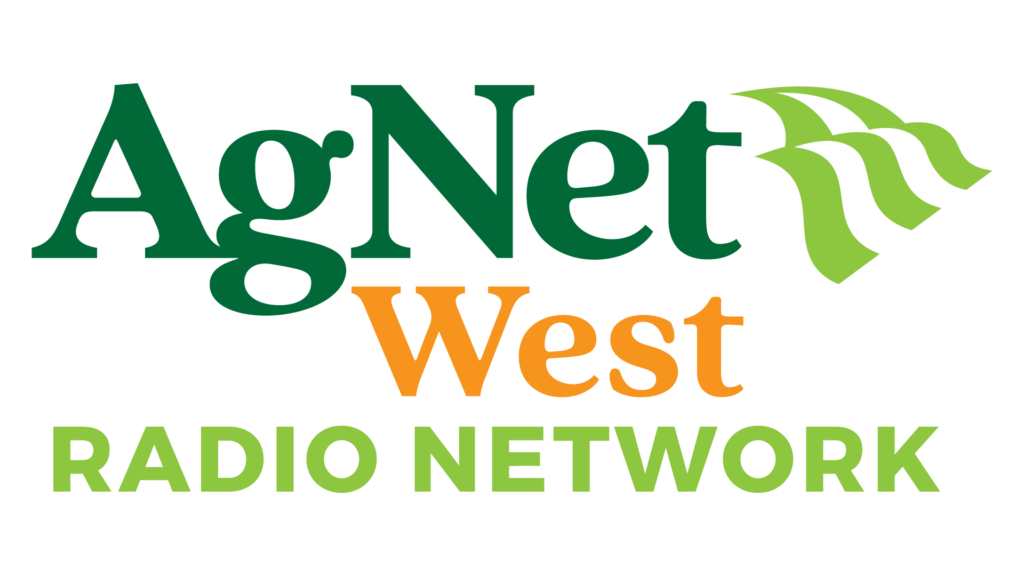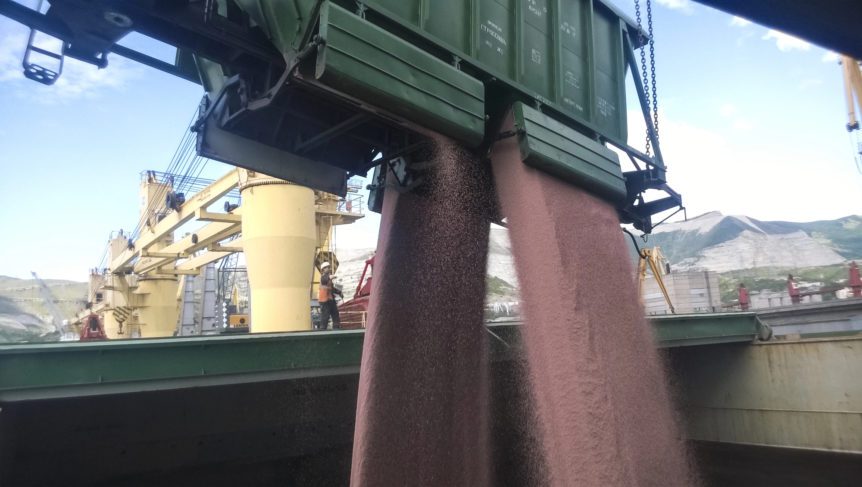
The USDA’s Agricultural Marketing Service (AMS) has introduced two new tools to boost transparency and resilience in the agricultural transportation sector. Announced today, the Fertilizer Transportation Dashboard and the Pacific Northwest Barge Rate Data Series are now available on the Agricultural Transportation Open Data Platform (AgTransport).
The Fertilizer Transportation Dashboard provides up-to-date information on key fertilizer supply chain indicators. These include data on production, inventory, and transportation of essential nutrients such as nitrogen, phosphorus, and potassium. It also offers detailed fertilizer price data, U.S. import volumes, and transportation metrics like rail carloads and barge shipments. This tool aims to help stakeholders navigate fertilizer supply challenges more effectively.
The Pacific Northwest Barge Rate Data Series, a first of its kind, focuses on grain transportation along the Columbia-Snake River System, which transports around 31 million tons of grain annually. This new data series offers insights into barge rates and transportation disruptions, helping farmers and traders monitor the grain market more closely.
These tools are part of USDA’s broader effort to enhance market transparency and help agribusinesses make informed decisions about transportation logistics. AgTransport provides easy access to interactive charts, visualizations, and downloadable data on agricultural transportation by rail, truck, barge, and ocean vessel. Visit AgTransport to get started.

Sabrina Halvorson
National Correspondent / AgNet Media, Inc.
Sabrina Halvorson is an award-winning journalist, broadcaster, and public speaker who specializes in agriculture. She primarily reports on legislative issues and hosts The AgNet News Hour. She was recently named the 2024 Farm Broadcaster of the Year by the National Association of Farm Broadcasting and serves as a Council Member on the World Agriculture Forum. Sabrina is a native of California’s agriculture-rich Central Valley and now divides her time between California and North Dakota.










